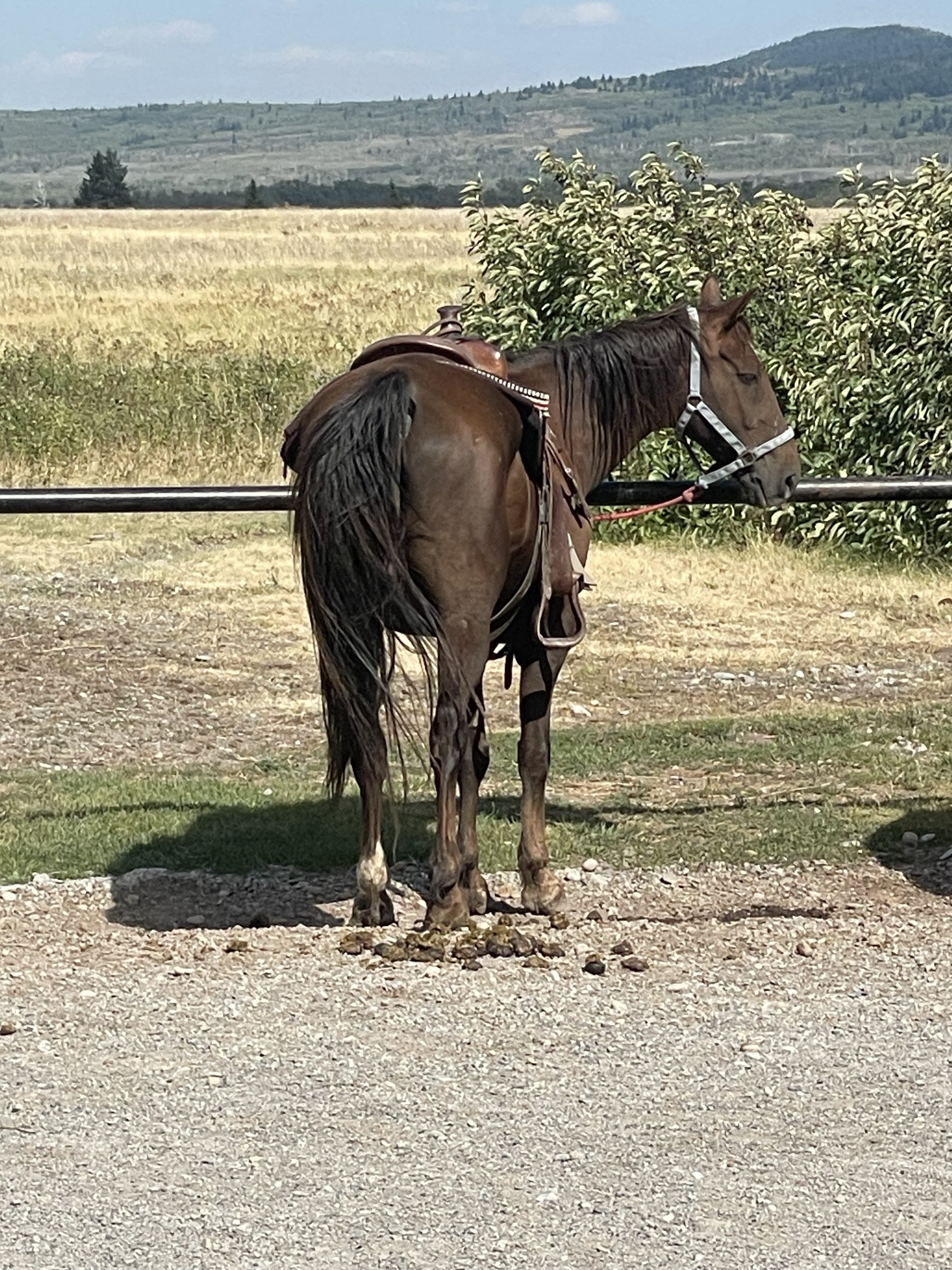If you are working in the hospitality industry learning how to correctly pair wine and food is must know knowledge. From enhancing guests experience to increasing sales there is a multitude of reasons why this knowledge is important. However, knowing where to start can be tricky. The world of wine can seem quite daunting if you’ve never dabbled in it. Before I started studying wine I hated doing wine service. I felt out of my depth, and it used to make me very anxious. Thankfully my job at the time paid for myself and some colleagues to complete our WSET level 2. Once I understood the basics everything else started to come together and I fell in love with wine. Pairing it correctly with food opens up a whole new world of flavour and I think it’s the gift that keeps on giving. Make sure you save or bookmark this page to use as a reference when you need to. In this series we will cover all things wine. Such as how to pair them with your favourite dish, how terroir effects the outcome of a wine, what to pair with tannic and acidic wine as well as lots more. Today we will stick to the basics. We’ll break down how pairing wine and food works and go through some wine pairing tips and tricks. By the end of this post, you should have a basic understanding of how to approach wine and food matches.
The Basics of Wine and Food Pairings
Knowing how to pair wine and food is sought after skill in our industry. The offer of a pairing makes guests more likely to try a wine. It increases customer satisfaction, increases sales and gives you a talking point while at a table. Not only is service more enjoyable for your guest, but now their food will be too. This makes the chefs happy, and your guest is more likely to become a returning customer. Sounds great right?!
Let’s start with some basics to get you started. There are three key rules to deciding which wine and food matches well together. These are:
- Balance
- Compliment or contrast
- Region
Once you get these basics down it becomes much easier to know what wine will pair with food instinctively, without necessarily trying the wine first. Let’s get started.
Balance
Balance is all about making sure wine and food don’t overpower each other. The idea behind a wine and food pairing is that the two should work together to bring out each other’s flavours. Essentially, we are looking at the ‘weight‘ of a wine or how heavy it is. For example, you wouldn’t want to drink a big Cabernet Sauvignon with a delicate salad. The red would completely overrun the flavours of the salad, and the salad won’t compliment the red in anyway. In order to maintain balance a light dish should be paired with a white wine or a light red. A heavier dish should go with a red over a white. Make sense? We want to ensure the wine and food work together and don’t overpower on or the other.
Compliment or contrast:
Keeping balance in mind let’s look at how wines that compliment dishes and contrast them work. Wines that compliment a dish work with the foods flavour. For example, a wine that compliments a dessert dish would be a dessert wine or an off dry Riesling. Complimenting flavours enhance the dish by creating longer finishes and more intense taste on the palate.
Alternatively contrasting wines cut through the flavours of a dish to create a more balanced palate. Did you know the best pairing for Champagne is fish and chips? This is because the Champagne has high acidity and this breaks through the fattiness of fried food leaving a more pleasant taste. By complementing or contrasting wines you can focus on which part of the meal stands out and curate a pairing from there.
Pair by Region
Pairing by region is a great little cheat sheet if you are caught in a pinch. Think about it, Italian wine is made for Italian food, French wine is made for French food, and Spanish wine, you guessed it, is made for Spanish food. Of course, there are exceptions to the rules and this doesn’t guarantee you a great pairing, but it is a great start. This is why many restaurants that specialize in a region or culinary style build their wine list from that region. Next time you go to an Italian restaurant, take a look at their wine list and I guarantee you at least half of the wines are from Italy.
Basic Wine Pairing Tips
A good example of a generic pairing for wine and food matches is dry sparkling rosé with an array of appetizers that might include light salads, shrimp cocktails, or bruschetta, which helps to enhance the lively acidity and effervescence of the wine; followed by a white wine, such as a crisp Sauvignon Blanc, with a starter that could be a delicate fish dish or a creamy soup, complementing the flavors and refreshing the palate; for the main course, a robust red wine such as a full-bodied Cabernet Sauvignon pairs beautifully with hearty dishes like grilled steak or a rich pasta, bringing out the depth of both the food and the wine; finally, a rich dessert wine, like a luscious late harvest Riesling or a velvety port, pairs exquisitely with dessert options like chocolate mousse or fruit tarts, creating a harmonious conclusion to the meal that is both satisfying and indulgent. This won’t work for every order, but you can see how using balancing intensities work.
Conclusion
This should have provided you with enough information on how to approach pairing wine and food. Make sure you come back soon for more wine pairing tips where we will look at how acidity and tannins influence food. If you have found this post useful, please let me know in the comments below. I have also attached my quick and easy wine pairing cheat sheet below for pairings on the fly! See you next time to learn about some more great wine tips.
Make sure you check out my quick reference guide for finding a wine paring on the go here.














From visitors